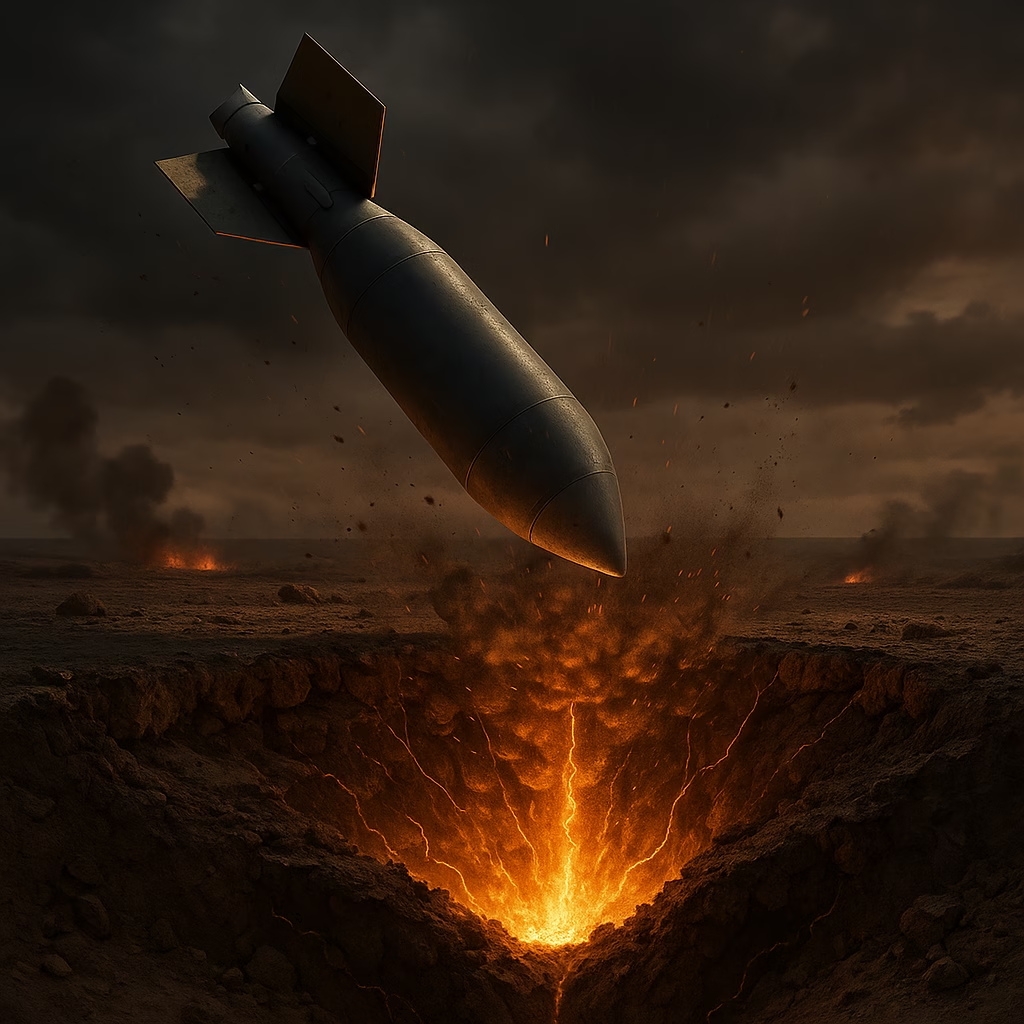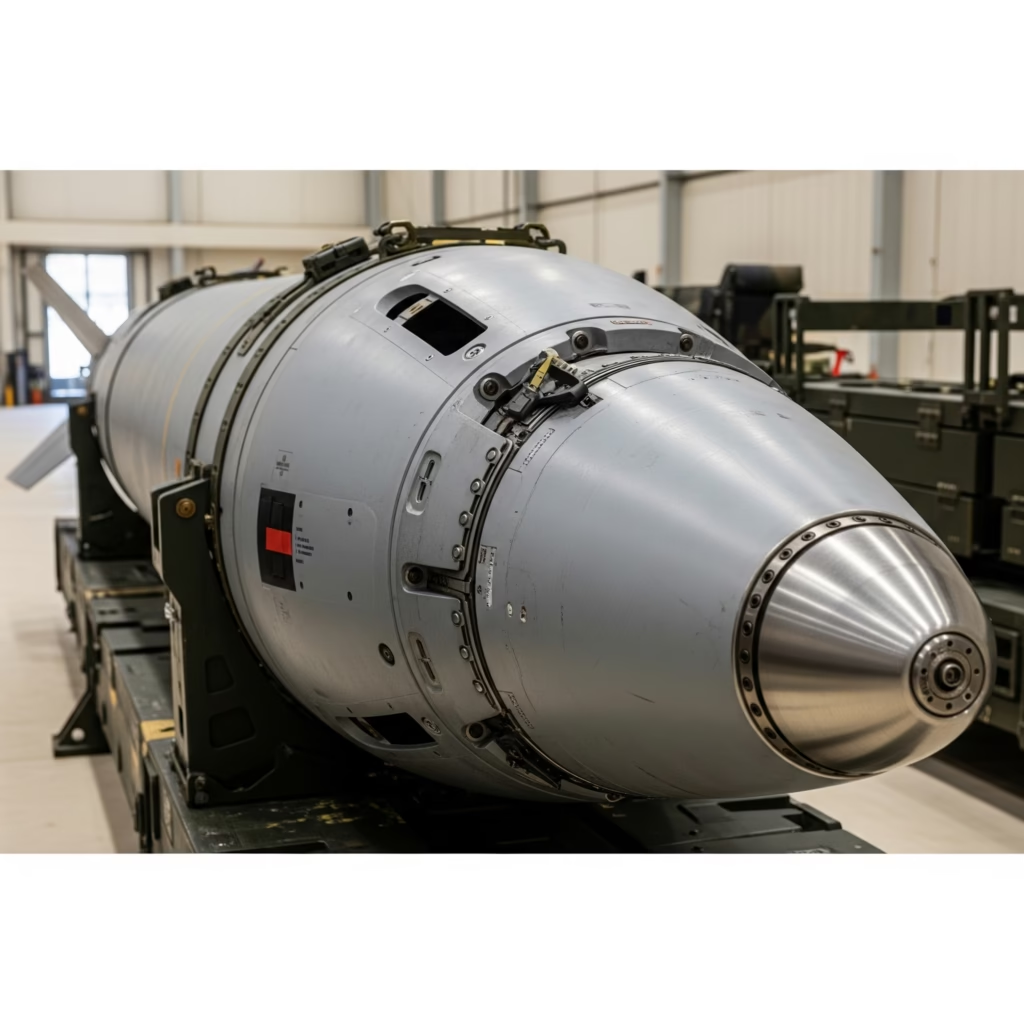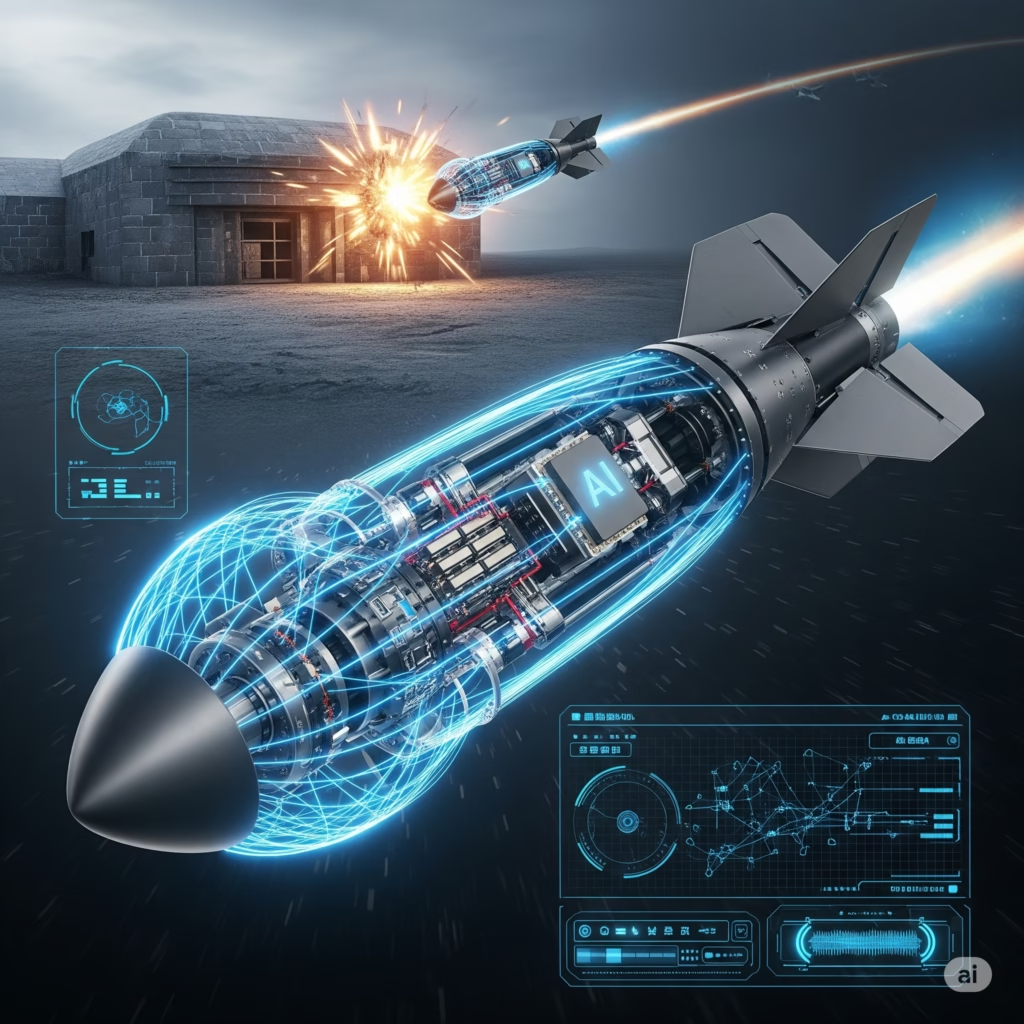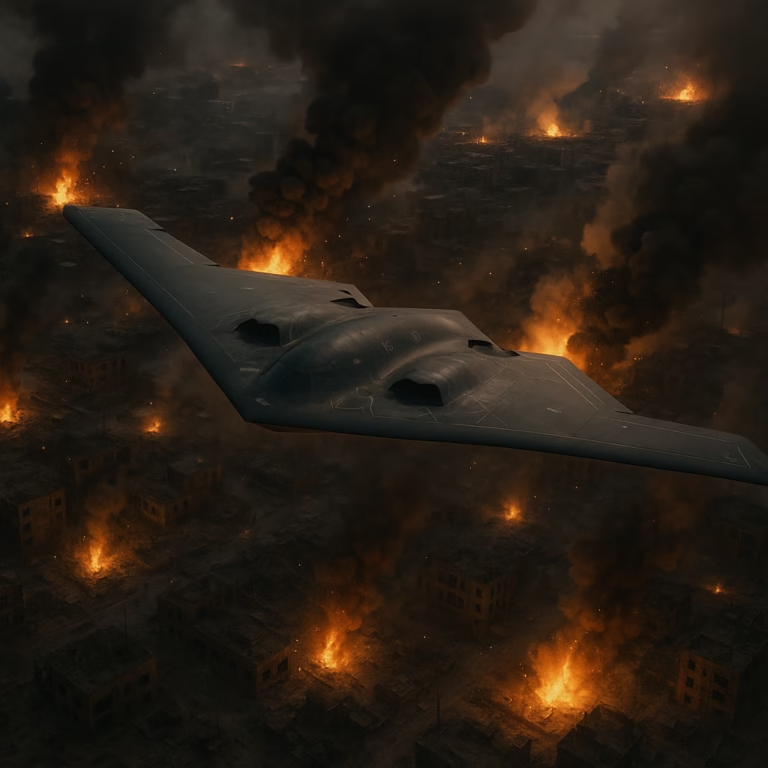
Bunker Buster Bombs
In modern warfare, threats no longer stay above ground. From nuclear bunkers to fortified command centers buried deep within mountains or concrete, enemies increasingly hide in hardened locations. That’s where bunker buster bombs come into play — precision-engineered weapons designed to penetrate earth, steel, and reinforced concrete to destroy underground threats.
In this article, we will explore everything you need to know about bunker busters — their types, technology, real-world usage, and why they remain one of the most important weapons in any advanced military arsenal.
🔍 What Is a Bunker Buster Bomb?
A bunker buster is a type of precision-guided munition created specifically to destroy underground or heavily fortified targets. These bombs are built with reinforced casings and delayed fuses, allowing them to burrow deep into the ground or through concrete before detonating — maximizing internal destruction.
Whether the target is a nuclear weapons facility or an enemy’s command-and-control center buried beneath a mountain, bunker busters are often the only viable weapon capable of neutralizing it.
🔧 How Bunker Buster Bombs Work
The effectiveness of bunker busters lies in their two-stage action:
-
Penetration: The bomb is dropped from high altitude. Its heavy, dense casing combined with high kinetic energy allows it to pierce through hardened surfaces like reinforced concrete or rock.
-
Delayed Detonation: Once deep inside the structure, a delay fuse triggers the explosion, ensuring maximum internal destruction instead of surface damage.
This approach allows these bombs to reach depths of up to 200 feet in earth or 60+ feet in reinforced concrete depending on the model.
🚀 Common Types of Bunker Buster Bombs
🔸 GBU-28 “Deep Throat”
-
Weight: ~5,000 lbs
-
Origin: Developed rapidly during the 1991 Gulf War
-
Penetration: ~20 feet of reinforced concrete
-
Delivery: F-15E Strike Eagle, B-2 Spirit
-
Special Feature: Made using repurposed howitzer barrels
🔸 GBU-57A/B – Massive Ordnance Penetrator (MOP)
-
Weight: ~30,000 lbs (13,600 kg)
-
Length: ~20.5 feet
-
Dropped by: Exclusively by B-2 Spirit bombers
-
Penetration: Over 200 feet of earth or 60 feet of concrete
-
Purpose: Defeat deeply buried nuclear/missile facilities (e.g., Iran, North Korea)
-
Type: GPS-guided
The GBU-57A/B is the largest conventional (non-nuclear) bomb in the U.S. military arsenal.
✈️ Aircraft That Deploy Bunker Busters
Not every jet can carry a bunker buster due to the size and weight of these bombs. Only select strategic aircraft are capable:
-
B-2 Spirit Stealth Bomber – Primary platform for GBU-57
-
B-52 Stratofortress – Can carry GBU-28 and similar weapons
-
F-15E Strike Eagle – Used in early GBU-28 strikes
-
F-22 & F-35 – Limited usage with lighter bunker-penetrating munitions
🌍 Real-World Combat Use
🇮🇶 Iraq – Operation Desert Storm (1991)
The U.S. developed the GBU-28 in just weeks to target Saddam Hussein’s underground bunkers. The bomb was first used in the final days of the war, successfully striking deeply buried Iraqi command centers.
🇦🇫 Afghanistan – Operation Enduring Freedom (2001–)
Bunker busters have been used against Taliban caves and Al-Qaeda mountain hideouts in Afghanistan, especially in regions like Tora Bora.
🇮🇷 Iran – Strategic Readiness
Although never used, bunker busters have been pre-positioned in the Middle East in case of action against Iran’s hardened nuclear facilities (e.g., Natanz and Fordow).
🧠 Why Bunker Busters Matter in Modern Warfare
-
Precision Targeting of WMDs
Bunker busters are crucial for eliminating nuclear or chemical weapon stockpiles hidden underground before they’re launched. -
Neutralizing Underground Military Networks
Many nations now build deep subterranean bases to shield command, control, and weapons systems — unreachable by traditional bombs. -
First-Strike Capability
In a potential conflict, bunker busters offer a decisive pre-emptive strike capability against hardened enemy strongholds.
🔬 Future of Bunker Buster Technology
As adversaries build deeper and more reinforced bunkers, future bunker busters will likely involve:
-
Advanced AI-guidance systems
-
Stronger, deeper-penetrating materials
-
Hypersonic speeds for better impact energy
The upcoming B-21 Raider bomber will also likely be capable of carrying next-gen bunker busters, offering stealth + precision on a new scale.

📌 Conclusion
Bunker buster bombs are the ultimate underground threat eliminators. As global tensions rise and enemies continue to bury their most valuable assets, these specialized weapons will remain at the forefront of strategic warfare.
Whether deployed from a B-2 Spirit in the dead of night or kept in reserve as a deterrent, bunker busters serve as a powerful reminder: there is no place safe from precision airpower.




